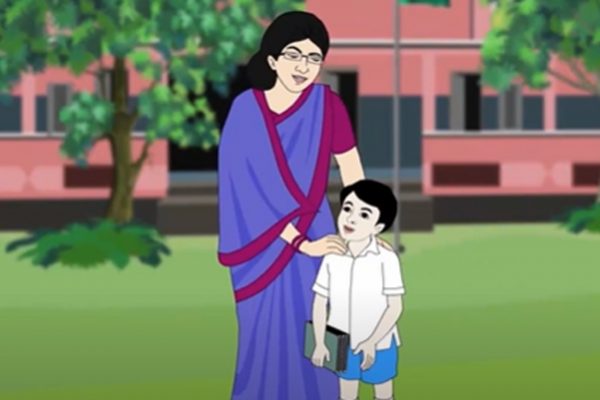Private schools for the poor
Reading Time: < 1 minute
The following is an excerpt from and article by Josh Kwan published in the Spring 2012 issue of the Stanford Social Innovation Review.First, the good news. More children in places of poverty are attending school than ever before.2 Thanks to a major push by governments and donors, many countries have built a slew of schools
The following is an excerpt from and article by Josh Kwan published in the Spring 2012 issue of the Stanford Social Innovation Review.First, the good news. More children in places of poverty are attending school than ever before.2 Thanks to a major push by governments and donors, many countries have built a slew of schools, eliminated tuition for public schools, and mandated primary education for all their citizens. In India, for example, the April 2010 Right to Education Act legislated, for the first time, a constitutional right to free schooling for every child age 6 to 14.
Through public-private partnerships, giant education strides have been made in countries as diverse as Colombia, Turkey, and Bangladesh. Escuela Nueva has changed the way teachers reach children in rural communities and transformed Colombia’s national education policy. BRAC is operating the largest private, secular education system in the world, replicating a low-cost model for teaching children who had never enrolled in or had dropped out of primary school in Bangladesh, Afghanistan, Pakistan, southern Sudan, Uganda, and Haiti. Nearly 5 million children, the majority of them girls, have graduated from BRAC schools.





